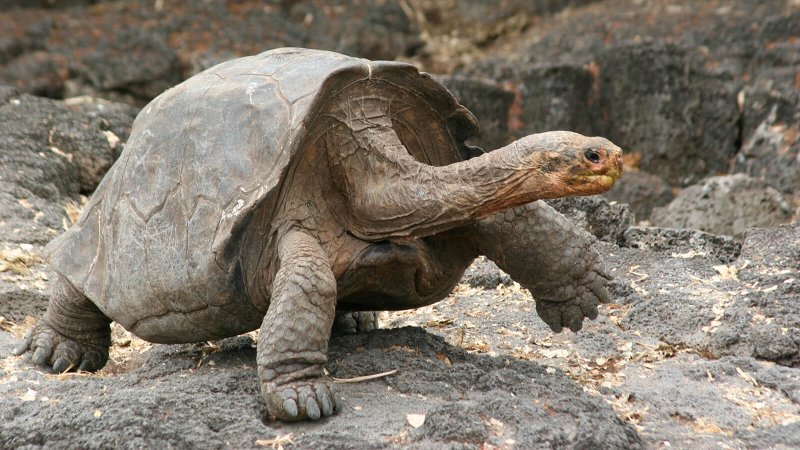Many members of the two species of tortoises — marked by the distinctive saddleback shape of their shells — were removed from their native islands of Floreana and Pinta more than two centuries ago by sailors looking for food. However, researchers in 2008 found tortoises with the distinctive saddleback shells on Isabela Island in the Galapagos where native species have dome-shaped shells. Subsequent DNA-based analyses showed these tortoises were descendants of species from Floreana and Pinta.
…
This discovery prompted the Galapagos National Park, together with the Galapagos Conservancy, to sponsor an expedition in 2015 to look for genetic relatives of the extinct species of tortoises and to launch a breeding program aimed at restoring them to their native islands.
…
The expedition found and removed for breeding 32 animals with relatively large percentages of their genome from the extinct species from the Floreana island.
…
The goal under the Giant Tortoise Restoration Initiative of Galapagos Conservancy is to mate tortoises with high levels of DNA from extinct species, and reintroduce them on native Floreana and, perhaps one day, Pinta. It will take many generations to “bring back” the extinct species from Floreana and possibly we will never have pure Floreana tortoises again, Caccone cautioned. “Of course, it is easier and faster to destroy than to restore,” she said.
The GLP aggregated and excerpted this blog/article to reflect the diversity of news, opinion, and analysis. Read full, original post: Genetic relatives of extinct tortoises rescued for breeding program































